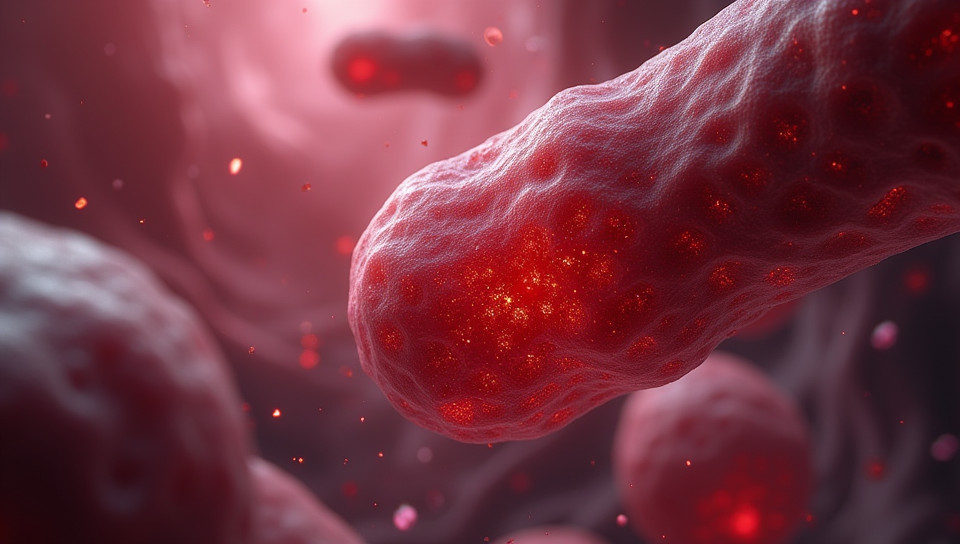Tissue damage is not always caused by low oxygen levels 71%

The Hidden Truth Behind Tissue Damage
As medical professionals, we've been taught to associate low oxygen levels with tissue damage. But what if I told you that's not always the case? For years, researchers have been studying the complexities of cellular injury, and it turns out that there are several factors at play when it comes to tissue damage. In this article, we'll delve into the world of cellular biology and explore the reasons why tissue damage isn't always caused by low oxygen levels.
The Role of Oxygen in Tissue Damage
While oxygen deprivation is a well-known cause of tissue injury, it's not the only culprit. When cells don't receive enough oxygen, they can become hypoxic, leading to cell death and tissue damage. However, this scenario doesn't account for cases where tissues are damaged despite adequate oxygenation.
The Importance of Inflammation
Inflammation is a natural response of the body to injury or infection. While it's essential for healing, excessive or chronic inflammation can lead to tissue damage. This type of damage is often referred to as "non-ischemic" or "non-hypoxic," meaning it doesn't result from low oxygen levels.
Other Factors Contributing to Tissue Damage
- Ischemia due to blood vessel constriction
- Direct physical trauma, such as cuts or bruises
- Infection and sepsis
- Autoimmune disorders, like rheumatoid arthritis
- Genetic predispositions to certain diseases
The Implications for Medical Practice
Understanding that tissue damage isn't always caused by low oxygen levels has significant implications for medical practice. It means that healthcare professionals need to consider a range of factors when diagnosing and treating patients with tissue injuries. By taking a more nuanced approach, we can provide more effective care and improve patient outcomes.
Conclusion
Tissue damage is a complex phenomenon that can't be reduced to a single cause. While low oxygen levels are certainly a contributing factor in some cases, there are many other factors at play. By recognizing the multifaceted nature of tissue injury, we can develop more comprehensive treatment plans and better serve our patients. As medical professionals, it's essential to stay up-to-date with the latest research and best practices to provide the highest quality care possible.
- Created by: Daniel Ciobanu
- Created at: Nov. 2, 2024, 3:14 p.m.
- ID: 15381








